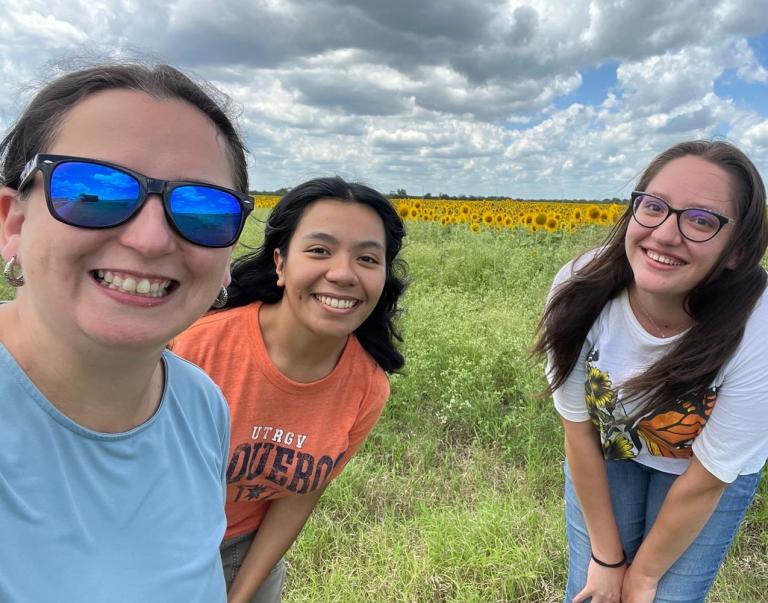Getting from Point A to Point B is sometimes a difficult task; that’s why we have maps. However, making maps is not always easy, either, especially when the image you’re trying to capture is carried on the wind.
For nearly 40 years a coalition of government, education, industry, and other organizations has worked to monitor “precipitation chemistry” – in other words, tracking the makeup and whereabouts of acid rain. Their latest efforts have resulted in maps that indicate how nitrogen deposition in the United States threatens aquatic life in the Gulf of Mexico.
The effort began in 1977 when a group of state agricultural experiment stations formed what later became known as the National Atmospheric Deposition Program (NADP) to measure atmospheric pollution and its effect on the environment. The U.S. Department of Agriculture’s National Institute of Food and Agriculture (NIFA) supports state agricultural experiment station research with approximately $500,000 per year in Hatch Act funding for NADP. In addition, NIFA coordinates $1.8 million per year of interagency funding.
NADP has grown over the years, including its creation of the Ammonia Monitoring Network (AMoN) in 2010 to provide a consistent, long-term record of ammonia gas concentrations across the United States. AMoN’s work, it turns out, is a vital first step to creating a map that may someday lead to mitigating or eliminating the cause of a 5,300-square-mile hypoxic “dead zone” in the Gulf of Mexico.
“With AMoN’s help, NADP can use its sophisticated models to estimate dry nitrogen deposition – the amount of nitrogen gas and dust particles that settle to the ground,” said Dr. Ray Knighton, NIFA national program leader for air quality. “By combining that figure with estimates of wet nitrogen deposition – what falls to the ground when it rains – NADP can calculate and map total nitrogen deposition.”
Too much nitrogen can promote excessive algae growth in bodies of water. These microscopic plants cloud water and block sunlight that can interfere with aquatic plant and animal activity. After algae dies, it falls to the bottom where it decomposes and removes oxygen from the water. Without the oxygen to thrive, aquatic life moves on. In addition to the obvious environmental impact, this excess algae takes a serious bite out of the commercial fishing industry.
Plotting NADP’s nitrogen deposition information onto a map of the Mississippi River Basin gives policy makers, scientists, and others a clear view of nitrogen hot spots so they will have a better chance of developing and implementing plans of action to reduce the size of the hypoxic zone.
The Hypoxia Task Force met May 20 in Columbus, Ohio, to discuss the issue and develop new strategies to reduce nitrogen loading into the Mississippi River. A new coalition of land grant university scientists (SERA-46) met for the first time with the task force to further develop agricultural solutions to the hypoxia problem. “The SERA-46 group has made some incredible progress using their existing resources and we are currently discussing how to more formally integrate them into task force processes,” said Dr. Ann Bartuska, Deputy Under Secretary for Research, Education and Economics and a member of the task force.
NIFA’s mission: Invest in and advance agricultural research, education, and Extension to solve societal challenges. NIFA’s vision: Catalyze transformative discoveries, education, and engagement to address agricultural challenges. For more information, visit http://nifa.usda.gov/.


